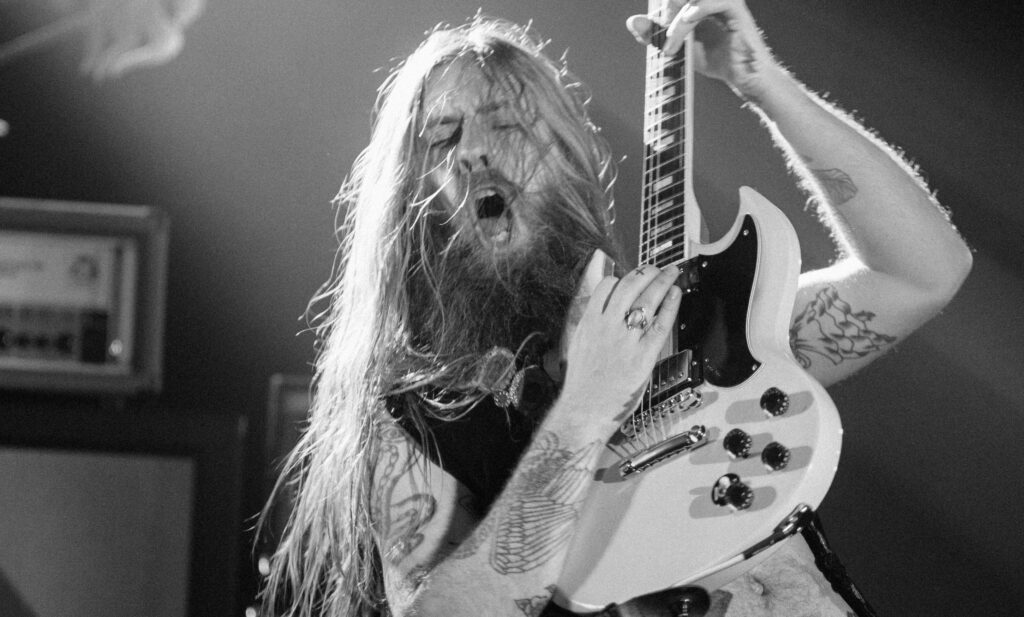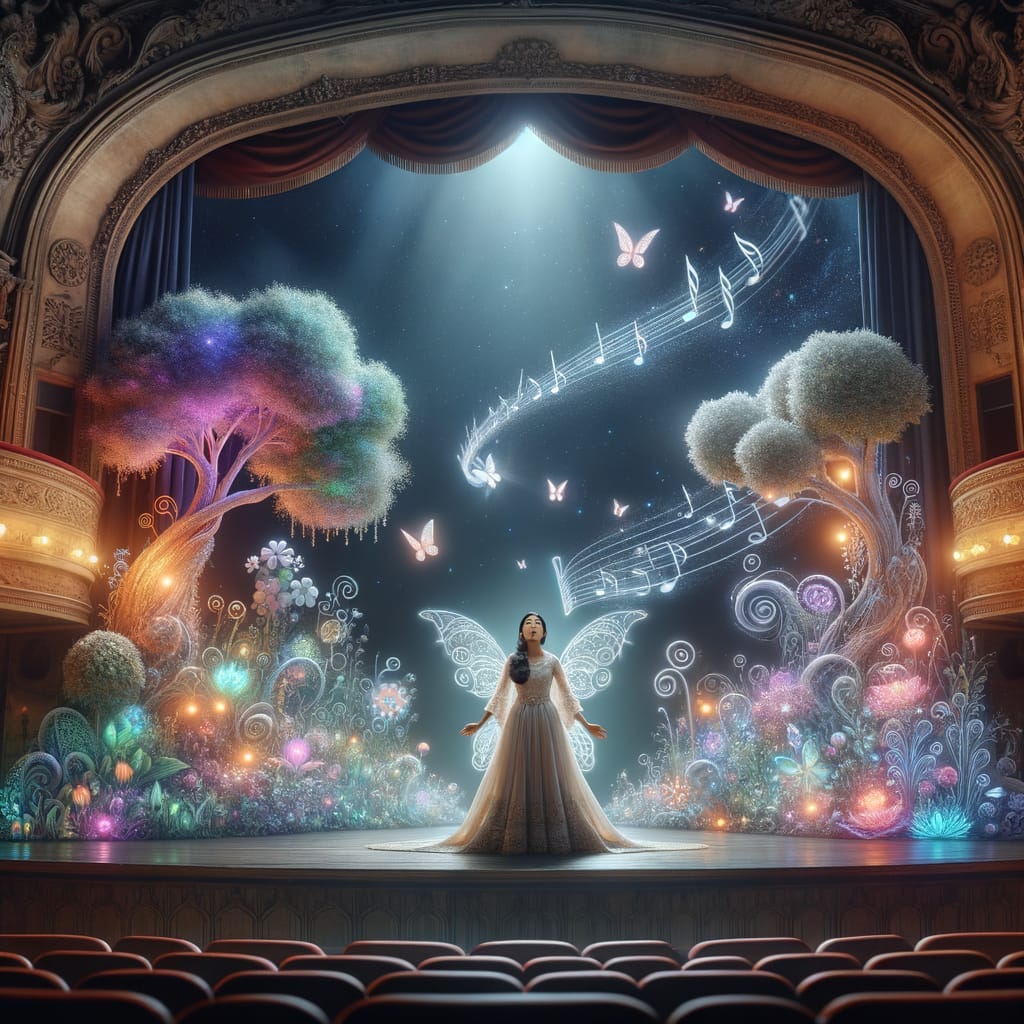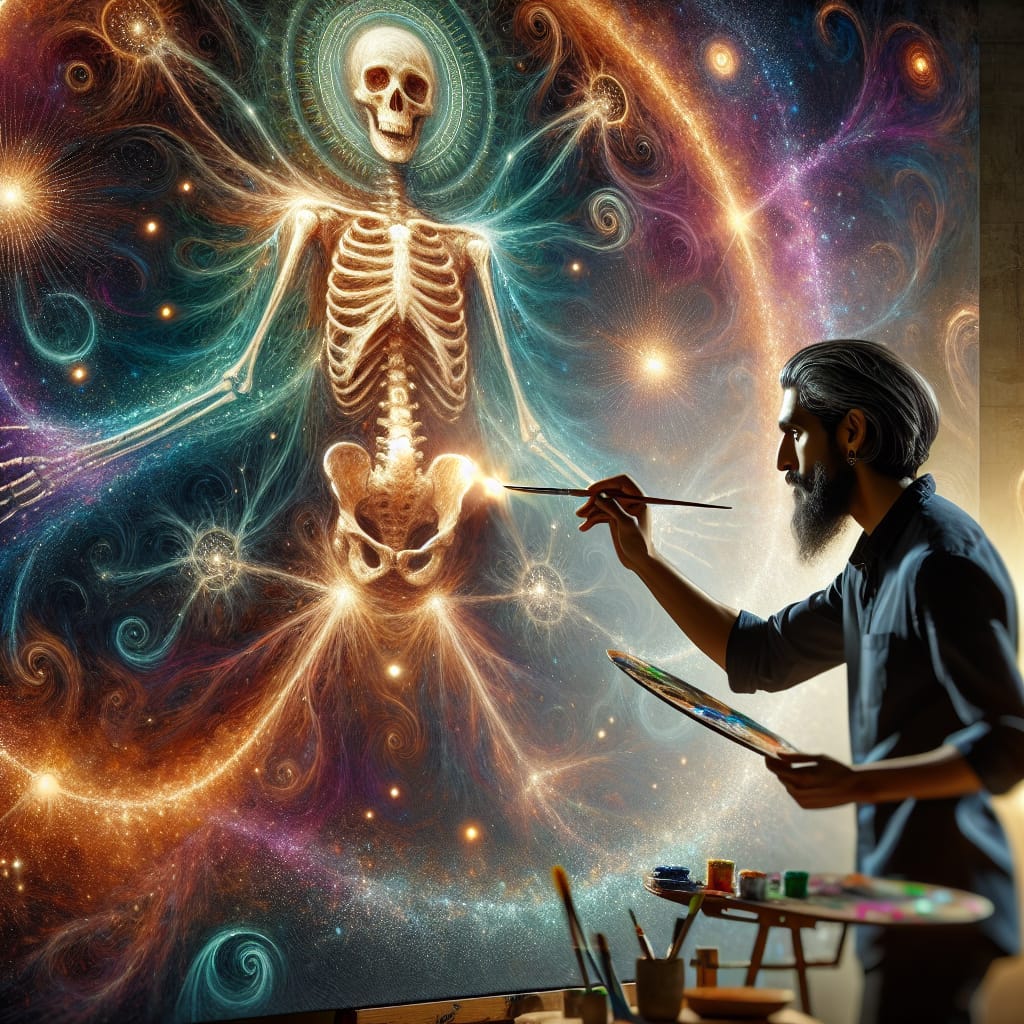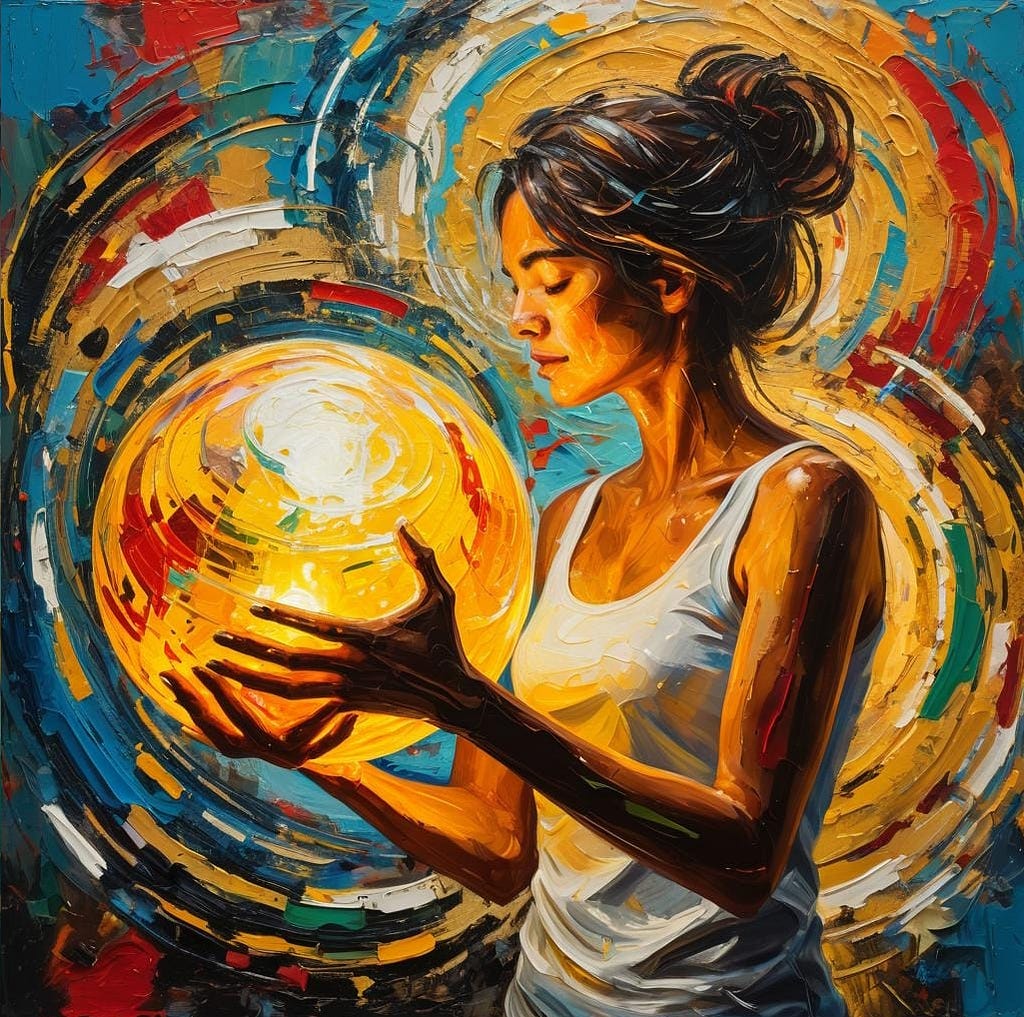
Image courtesy Aleksandr Surnin at Unsplash.com
Guitar Face: Authentic Expression or Creative Blockage?
“We aren’t particularly talented – we try harder!”
– Joe Strummer, of The Clash
Let’s imagine that you’re up on stage, playing a demanding and dynamic piece of music. You play all the right notes, you have perfect technique, you have a brilliant sound, you look like you’re trying to exorcize a demon from your instrument, and yet after the performance you feel unfulfilled and unmoved. You tried your hardest, but you just didn’t connect with real inspiration or genuine feeling. Why not?
Answers come from an understanding of the Three-Fold Braid of Soulforce Mastery. This says that true mastery cannot be achieved by technique and effort alone, but rather through the simultaneous development of the three strands of the braid: technique, effortlessness, and the knowledge of the soul. Technique is necessary to give form to your creations. Effortlessness is necessary both for your long-term well-being as an artist and also to open a channel to your Soulforce. The knowledge of the soul is what’s inside you that wants to be expressed, and without which technique and effortlessness are meaningless. All three strands are necessary, and none are sufficient on their own.

All three strands of the Three-Fold Braid of Soulforce Mastery are necessary to true mastery of any art form.
Read through the above scenario again and see if you can discern which of the three strands are either present or missing. You may notice that the first strand, technique, is present, but the other two, effortlessness and the knowledge of the soul, are what’s in short supply. This indicates a kind of overly narrow focus on technique that may be very familiar to many musicians and other artists. On the one hand, there is nothing inherently wrong with focusing on technique; great technique is, after all, a necessary part of great artistry. However, as we’ve already seen, technique by itself is not sufficient to create a performance of power and beauty, one that can actually move you and your audiences.
A common result of narrowly focusing on technique is that the expression of emotion in the creative act gets unconsciously confused with trying harder, and so becomes very effortful. For example, you can see this in the scrunched faces and contorted postures of performers who look like they’re “really feeling it.” But is trying hard and really feeling it the same thing as authentic emotional expression? In an echo of the old adage, “If at first you don’t succeed–try, try again!”, it’s almost as if the message many of us get about expressivity is, “If it’s not expressive enough, just put more effort into it!”
The trouble with this is that trying or putting more effort into expression creates bodily tension, which in turn interferes with your expressive potential. Emotion is a kind of energy, and expression of emotion requires the movement of that energy, like the flow of water through a hose. But when you try hard, tension builds in the body and acts like a kink in that hose. The result, instead of having the hoped-for emotional power, has only the characteristics of excess effort and ends up feeling strained, mechanical, or superficial.
At its root, the problem of putting more effort into expression indicates a disconnection from the true source of emotion and artistic inspiration during the creative act. This source is the knowledge of the soul. Trying to create something without connection to the knowledge of the soul is like trying to animate a marionette; you can get pretty close by manipulating it via strings from the outside, but doing so will never make it come truly alive.
For that, you need to be in touch with your knowledge of the soul during the creative act itself. This is playing from the heart. Playing from the heart is essential for Soulforce Mastery in that it suffuses your creative acts with inspiration and genuine feeling, it allows an immediate sense of ease and release to your body, and brings new vitality and flow to your technique.
There is a common idea that real inspiration and genuine artistic feeling happens only by chance, or is accessible by only a lucky few. But this is not true. Playing from the heart is a skill that any musician or artist can learn and benefit from, no matter your age or abilities. The next step in that learning process is to examine any unconscious beliefs and habits that might be getting in the way of your ability to really bring your art alive.
~
Going Deeper. In his “Bio-Emotive Framework,” clinical psychologist Douglas Tataryn describes how, as young children, our main strategy for coping with overwhelming negative emotions is muscular tension. Muscular tension temporarily dampens or numbs the sensations of negative emotions, but it also prevents the emotions from dissipating fully, effectively “locking” the emotions in place. As we grow accustomed to finding relief from emotional pain in this way, the disconnection from our emotions becomes habituated, as does our excess muscular tension.
However, you can unlock both your muscles and your emotions by playing from the heart. While we will explore playing from the heart more deeply in both previous upcoming and previous blog posts and videos, here’s the basic instruction: primarily pay attention to the movement of emotional energy in your body while you create. Stop trying to “get it right.” Don’t focus on technique. Definitely don’t try harder. Notice instead what’s alive inside you as you create: your “inner audience member,” the emotional energy that arises as you play or create.
Playing from the heart will naturally lead to a release of tension in your body. As that tension releases, any emotions that have been locked up there will begin to flow. This will allow you greater access to the full spectrum of your emotions, the result of which will be a new richness and vitality in your life and art.
For more support in this process, download your copy of the Soulforce Arts Starter Kit, a free mini-course designed to help you reconnect with your Soulforce, the transformative energy essential to great art that matters. You can access the Starter Kit by signing up for the Soulforce Arts Institute’s email newsletter.
The above post is adapted from Chapter 4 “Playing from the Heart” of my book, “Soulforce Arts: The vital role of musicians & artists in creating a more beautiful world,” coming out in mid-2024.
Joseph Arnold
Violinist, Alexander Technique teacher, and Director of the Soulforce Arts Institute
SoulforceArts.com
SoulforceArtsCommunity.org




